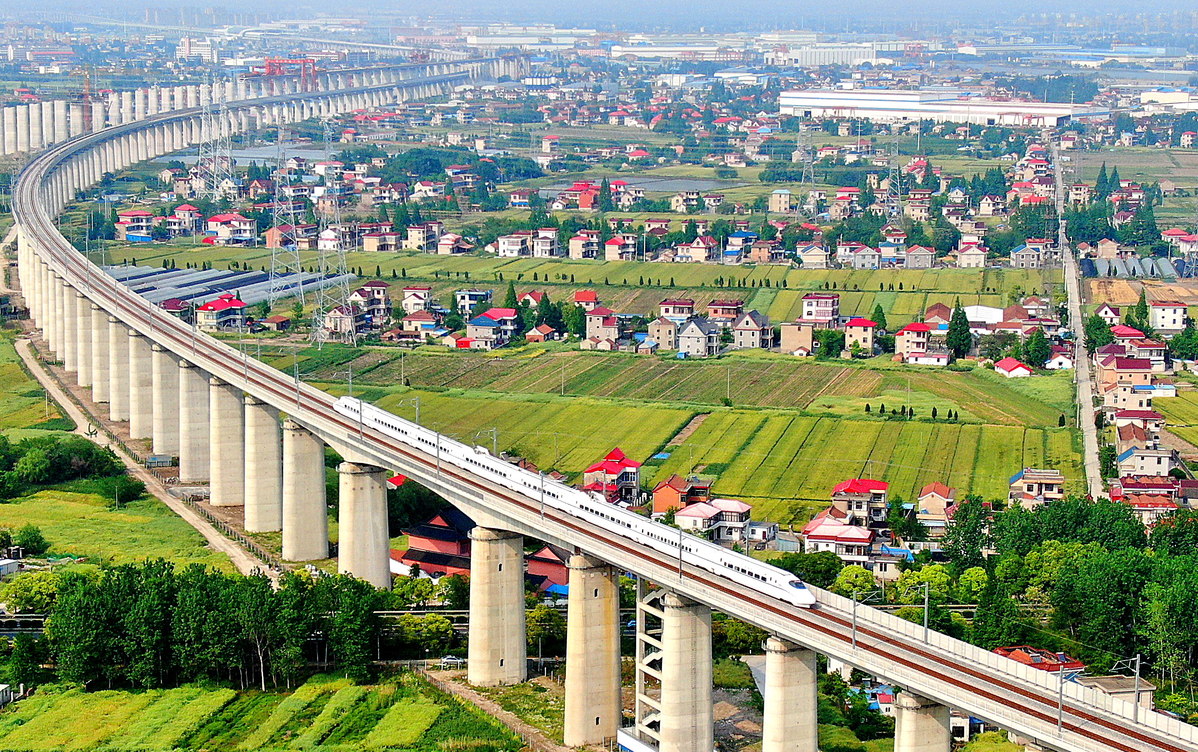Second Beijing-Shanghai high-speed railway expected by 2027

A feasibility study report on a high-speed railway line linking Weifang in Shandong province with Suqian in Jiangsu province has been approved by the National Development and Reform Commission recently, according to the Jiangsu Transport Bureau.
The Weifang-Suqian high-speed railway is 399 kilometers long with 12 stations. It is a section of the second Beijing-Shanghai high-speed railway linking cities in East China, according to China's 14th Five-Year Plan for Railway Development.
The second Beijing-Shanghai high-speed railway consists of Beijing-Tianjin Intercity Railway (in operation), Tianjin-Weifang (under construction), Weifang-Suqian (approved), Suqian-Huaian (in operation), Huaian-Yangzhou (in operation), Yangzhou-Nantong (under construction) and Nantong-Shanghai (in operation) high-speed railways.
The Weifang-Suqian section became the last to be approved and is expected to be completed within three and half years. Tianjin-Weifang and Yangzhou-Nantong railways are also expected to be completed in 2027.
Different from the Beijing-Shanghai High-Speed Railway where trains can run a maximum speed of 350 kilometers per hour, the second line will see maximum speeds at 250 and 350 kilometers per hour at different sections.
The second line mainly runs through Shandong and Jiangsu provinces in East China, and does not passes through Anhui province like the Beijing-Shanghai High-Speed Railway.
Since the Beijing-Shanghai High-Speed Railway was put into operation on June 30, 2011, it has been the busiest high-speed rail line with the highest passenger flow in China. In a decade, it transported 1.35 billion passengers. It peaked in 2019 with 210 million passengers.
 京公网安备 11010802027341号
京公网安备 11010802027341号